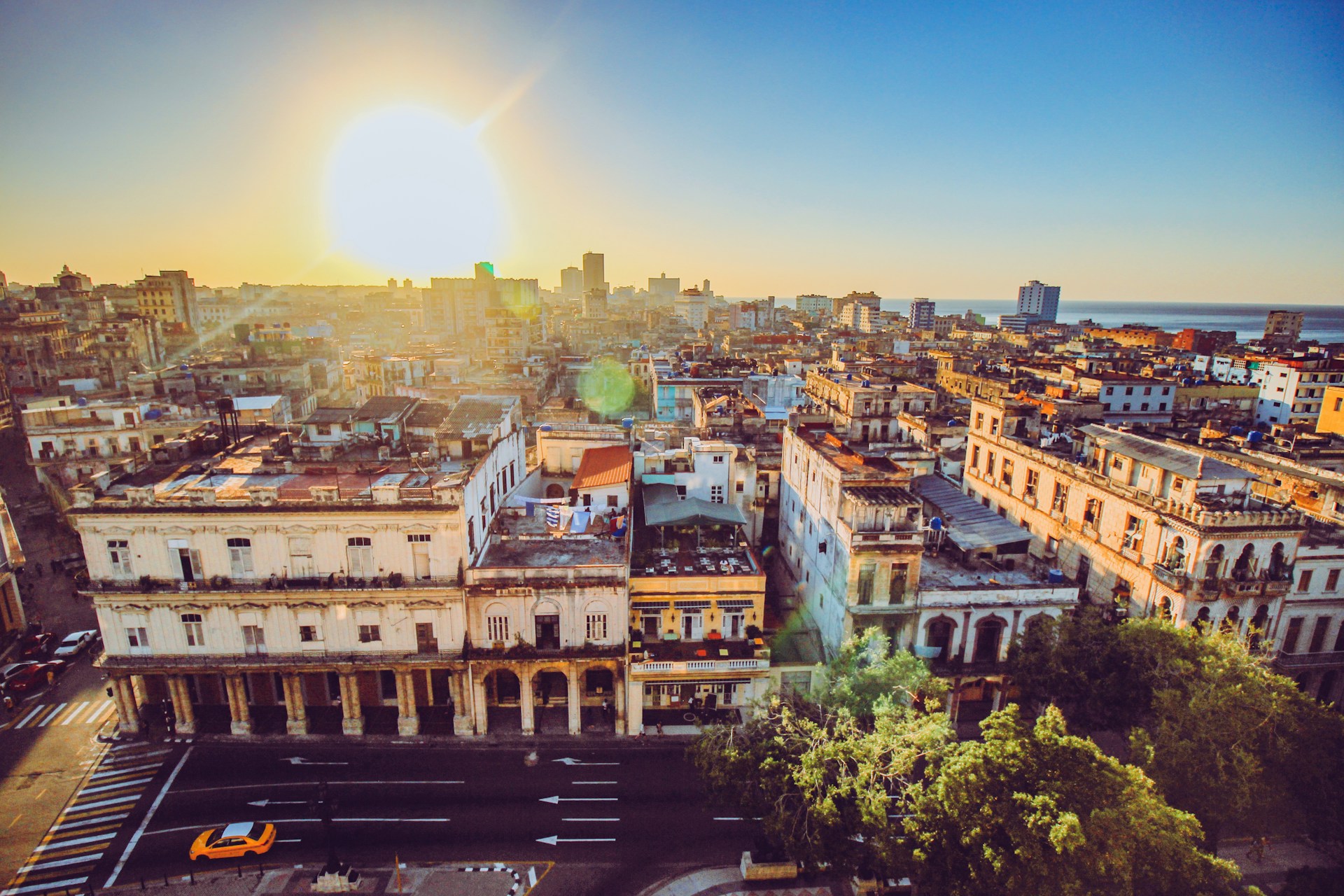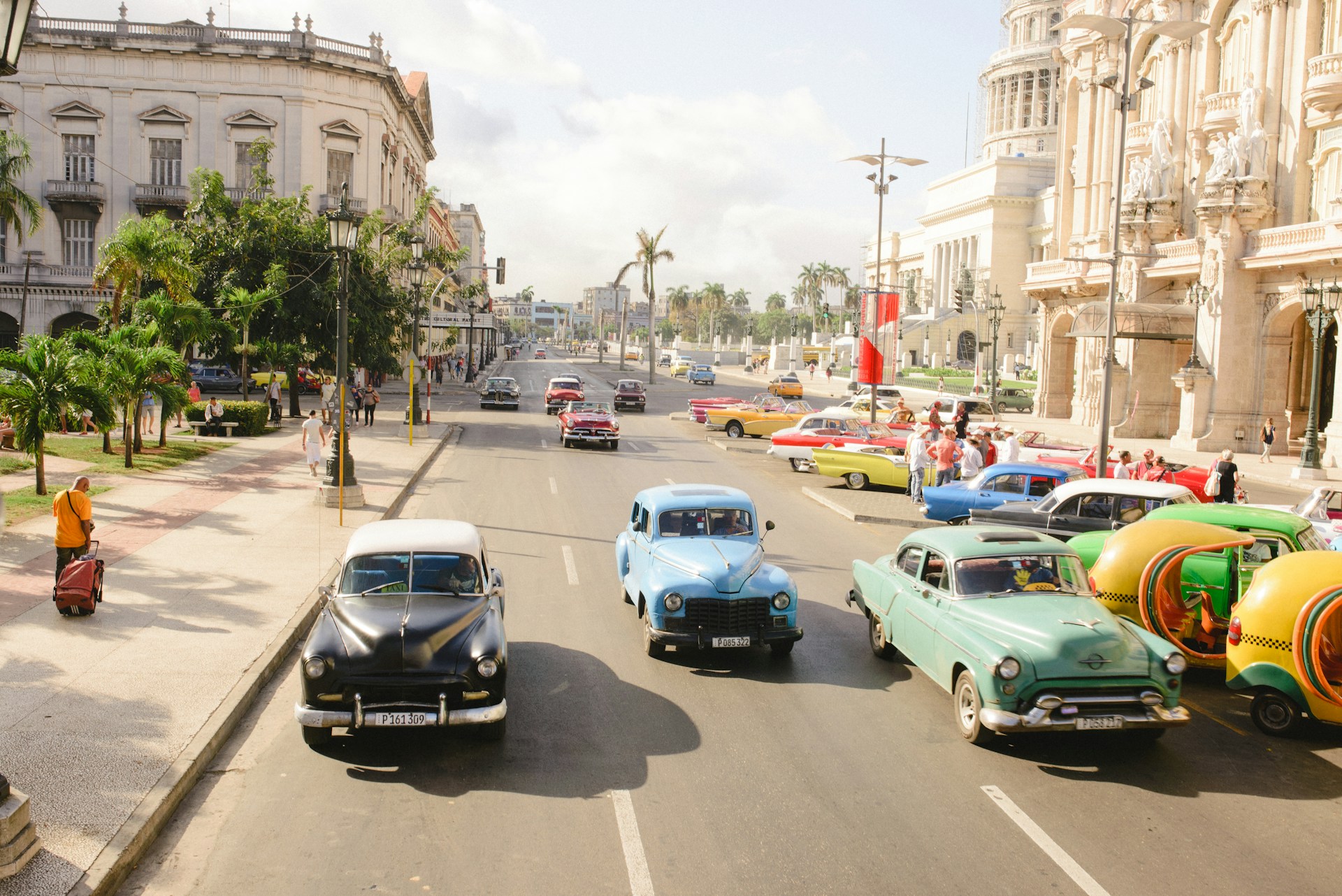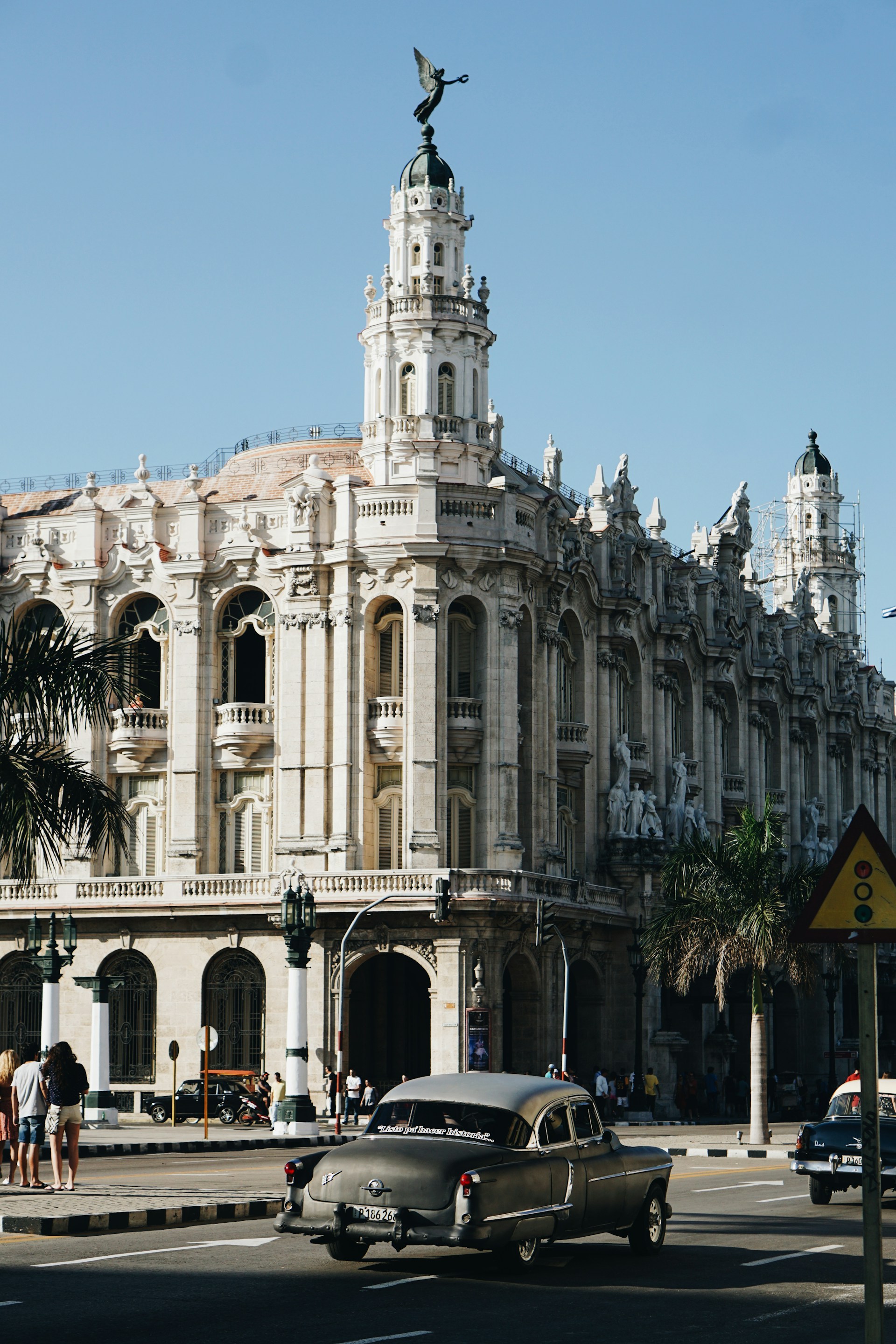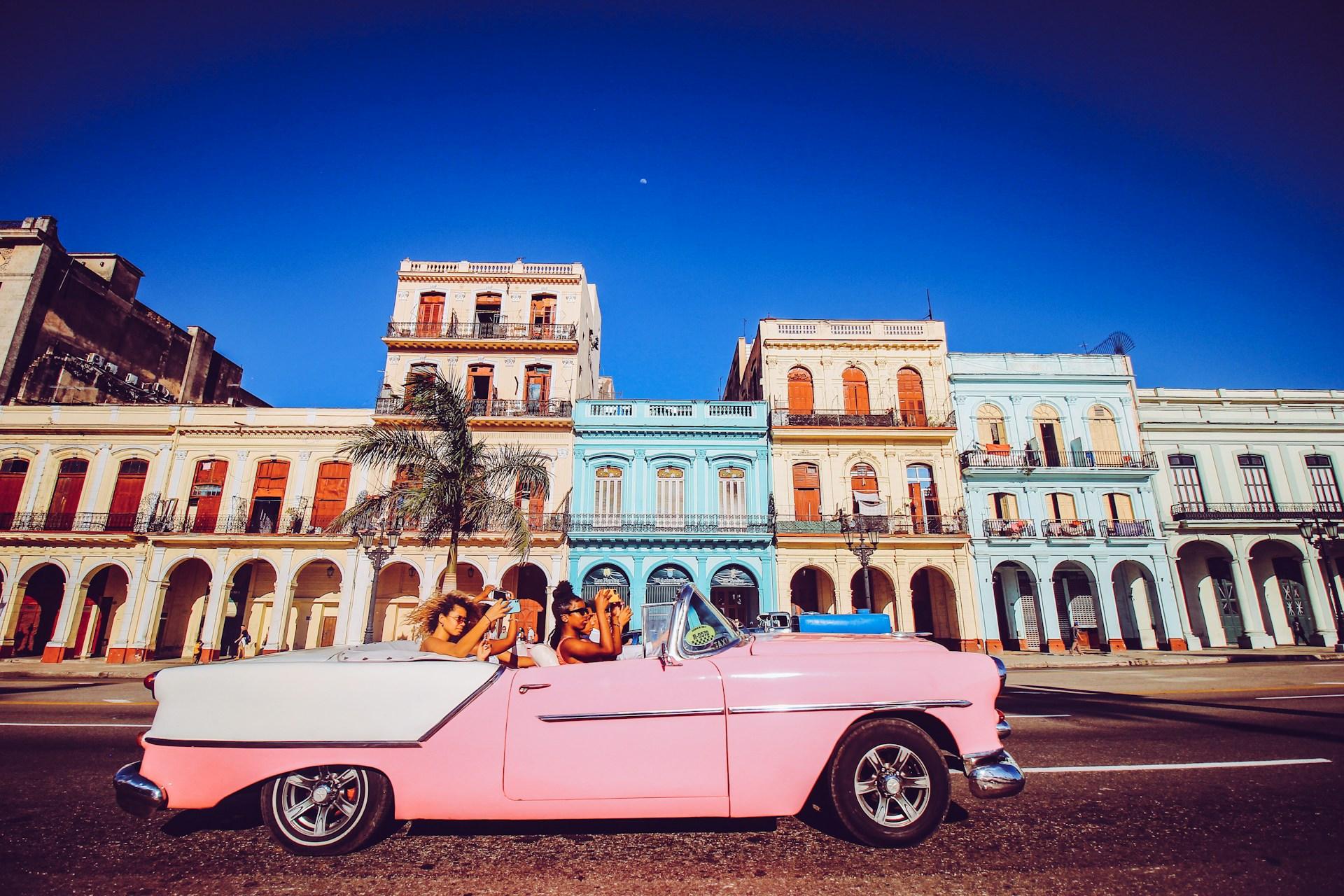Guide de voyage à La Havane
La capitale exotique de Cuba et plus grande ville des Antilles est un passage obligé pour tout visiteur. Depuis des siècles, elle sert de porte d'entrée vers le golfe du Mexique. En 1982, la Vieille Havane, le centre historique de la ville, a été déclarée site du patrimoine mondial de l'UNESCO.
Le premier bâtiment de la ville, qui surplombe l'entrée d'une baie protégée, date de 1519. Baptisée à l'origine La Villa de San Cristóbal de la Habana, la ville est devenue le dépositaire des trésors que les flottes espagnoles apportaient au Nouveau Monde. Elle est également devenue le centre des échanges et du commerce entre l'ancien et le nouveau monde. La position géographique stratégique de La Havane a joué un rôle majeur dans sa croissance rapide et dans la décision de construire une digue au XVIIe siècle. Cette digue a été achevée plus de 100 ans plus tard.
Aujourd'hui, La Havane est le cœur de la vie politique, scientifique et culturelle de la nation. Les musées, les théâtres et les salles de concert, les galeries d'art et les institutions culturelles sont des lieux populaires, tandis que certains, comme le Ballet national de Cuba, la Maison des Amériques, la Fondation du nouveau cinéma latino-américain et le Groupe national de danse folklorique, ont été acclamés au niveau international. De jour comme de nuit, La Havane continue d'enthousiasmer les visiteurs.

Photo : La Havane, Cuba
Lieux à visiter
El Templete
Chaque 16 novembre, les Habaneros affluent dans ce petit bâtiment néoclassique de 1828 pour célébrer l'anniversaire de la première messe et du premier conseil municipal de San Cristobal de la Habana.
Place des défilés
Des événements majeurs ont lieu sur cette place, où le Castillo de la Real Fuerza (1577) expose la plus importante collection de poteries de l'île. La tour de l'édifice est couronnée par La Giraldilla, une girouette artistique qui est devenue un symbole de la ville. La place abrite également le palais du capitaine général (musée de la ville) et El Segundo Cabo.
Place de la Cathédrale
Entourée d'opulentes demeures, cette ancienne place comprend la Plaza Vieja (vieille place), récemment restaurée, et la place François d'Assise. Sur la première se trouve l'hôtel de San Juan de Jaruco ; sur la seconde, l'église et le couvent du même nom. L'un des cloîtres du couvent abrite le musée d'art sacré.

Photo : Voitures anciennes à Cuba
Parc militaire historique de Morro-Cabaña
Deux ruines marquent cette importante forteresse historique : El Castillo de los Tres Reyes del Morro (le château des trois rois d'El Morro), construit en 1630, et la forteresse de San Carlos de la Cabaña, érigée en 1774. Les deux abritent des musées militaires et des canons sont encore tirés tous les jours jusqu'à 21 heures.
En face de ce parc se trouvent la célèbre promenade du Prado, le Grand Théâtre de La Havane et le Capitole. Ce dernier abrite la statue de la République, qui a planté à ses pieds un diamant pour marquer le kilomètre zéro de la Carretera Central (route centrale).
Vedado
La célèbre route de bord de mer de 12 kilomètres, le Malecon, relie la Vieille Havane au quartier animé de Vedado, dont la zone centrale, La Rampa, permet d'accéder facilement à d'autres lieux d'intérêt. Parmi ceux-ci figurent l'université de La Havane, la place de la Révolution et le monument José Martí (le plus haut point de vue de la ville, à 138 mètres au-dessus du niveau de la mer), ainsi que le cimetière de Colon, l'une des plus grandes nécropoles du monde.

Photo : La Havane, Cuba
Miramar et au-delà
À l'ouest, la Cinquième Avenue mène au quartier résidentiel de Miramar et au quartier central des affaires de La Havane, qui contient une impressionnante maquette de la ville. Après le Centre des congrès, le Pabexto, où se déroulent diverses foires au cours de l'année, et au-delà du Club Habana exclusif, se trouve Marina Hemingway. Ici, les visiteurs peuvent faire de la plongée en apnée, de la voile et de la pêche en haute mer, ou faire des excursions en mer jusqu'au récif corallien.
Cojimar
À environ six kilomètres à l'est de la ville se trouve le village de pêcheurs coloré de Cojimar, où le lauréat du prix Nobel Ernest Hemingway a gardé son bateau, le Pilar, et où il a trouvé la matière de nombre de ses histoires.
Playa del Este
Sur la côte est de La Havane, plus de 15 kilomètres de plage s'étendent entre Bacuranao et Guanabo, où se trouvent notamment Santa María del Mar, lieu de villégiature et de week-end.

